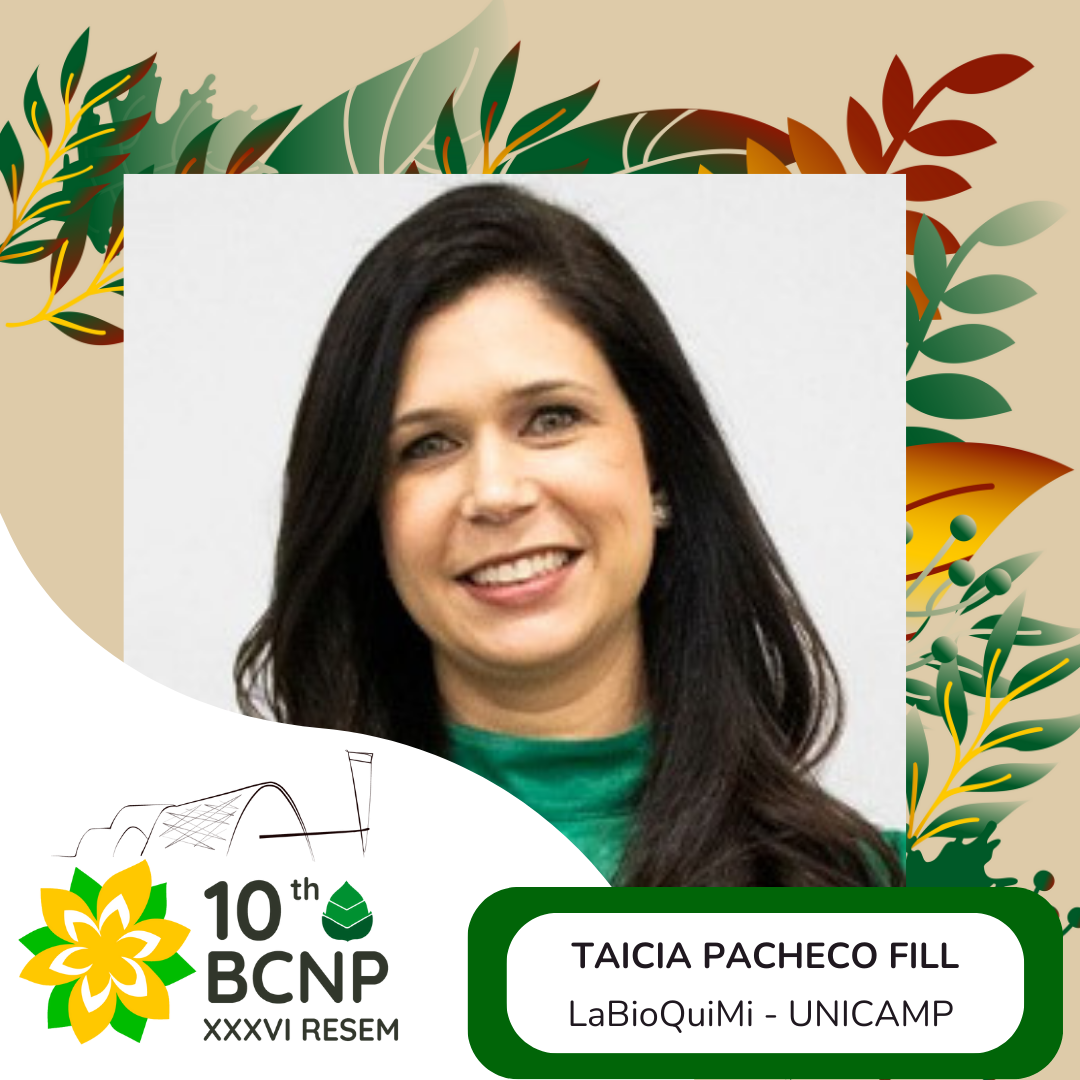
DECIPHERING THE ROLE OF SECONDARY METABOLITES IN THE CHEMICAL INTERACTION BETWEEN PHYTOPATHOGENS AND THE CITRUS HOST
- Group:Abstracts
DECIPHERING THE ROLE OF SECONDARY METABOLITES IN THE CHEMICAL INTERACTION BETWEEN PHYTOPATHOGENS AND THE CITRUS HOST
Taícia Fill*,
taicia@unicamp.br
Chemistry Institute, Universidade Estadual de Campinas – UNICAMP, Campinas, SP, Brazil.
The world’s citriculture has witnessed large-scale productivity decay due to microbial infections. The secondary metabolites produced during infection, especially by pathogens, are an important aspect of complex phytopathogen–host interactions and can be crucial for virulence and disease viability. Therefore, the production of natural products (NPs) can facilitate the colonization of plant tissue and successfully modulate the host’s physiology. Here, we comprehensively explore microbial secondary metabolites produced during infection by the most important citrus pathogens and give insights concerning the biological role of NPs in some of the most important citrus diseases, such as Huanglongbing and blue mold disease.
Keywords: Metabolomics, natural products, pathogen-host interaction.
References
[1] JONAS HENRIQUE; et al. “Phytotoxic Tryptoquialanines Produced In Vivo by Penicillium digitatum Are Exported in Extracellular Vesicles”. mBio, v. 12, p. 1, 2021.
[2] PONTES, JOÃO G. M.; et al “Virulence Factors in the Phytopathogen-Host Interactions: An Overview”. JOURNAL OF AGRICULTURAL AND FOOD CHEMISTRY, 2020.
[3] HENRIQUE COSTA, JONAS; et al “Exploring the interaction between citrus flavonoids and phytopathogenic fungi through enzymatic activities”. BIOORGANIC CHEMISTRY, v. 1, p. 104126-159, 2020.


